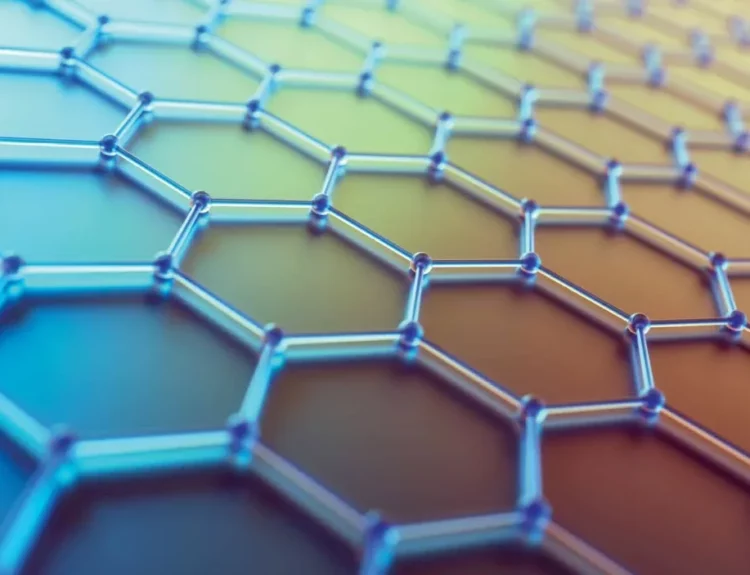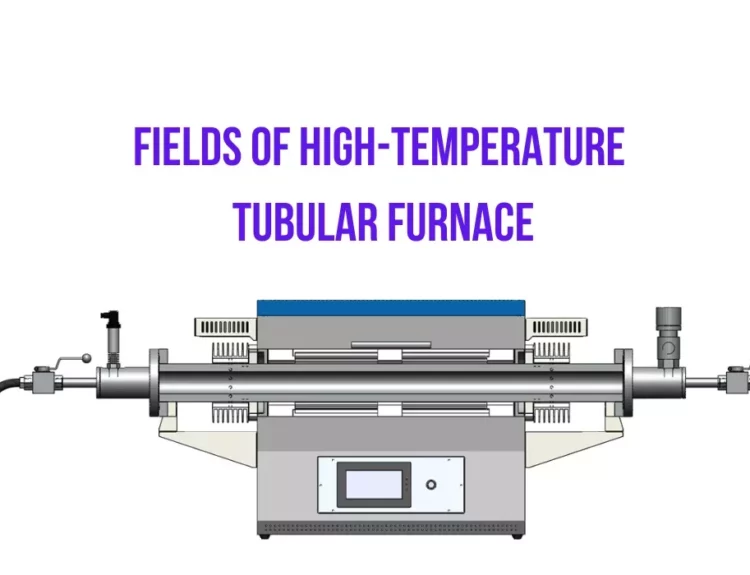Quartz crucibles are widely used in laboratories and industries where maintaining the purity of chemical reactions is critical. Their unique properties make them an excellent choice for high-temperature and sensitive experiments. Let’s explore how quartz crucibles help ensure the purity of chemical reactions in an easy-to-understand way.
What is a Quartz Crucible?
A quartz crucible is a container made from high-purity quartz, a form of silicon dioxide (SiO₂). Quartz crucibles can withstand extreme temperatures, making them ideal for processes like melting, heating, and chemical reactions. They come in various sizes and shapes to suit different applications.
Why is Purity Important in Chemical Reactions?
Purity is crucial in chemical reactions because even small impurities can:
- Alter the reaction results.
- Contaminate the final product.
- Affect the accuracy of research findings.
- Reduce the efficiency of industrial processes. Using high-purity equipment, like quartz crucibles, ensures that these issues are minimized.
Buy High Quality Quartz Crucibles from verified stores:
Properties of Quartz Crucibles that Ensure Purity
- High Chemical Resistance Quartz is highly resistant to most acids, alkalis, and other reactive chemicals. This means that the crucible does not react with the substances it holds, ensuring that no impurities are introduced during the reaction.
- Thermal Stability Quartz crucibles can withstand extremely high temperatures (up to 1,200°C or more) without degrading. This stability ensures that no unwanted materials are released from the crucible, even during intense heating processes.
- Non-Porous Surface The surface of a quartz crucible is non-porous, meaning it does not absorb or trap chemicals. This prevents contamination from residues of previous experiments and ensures a clean environment for new reactions.
- High Purity Material Quartz crucibles are made from nearly 99.99% pure quartz. This high level of purity ensures that the crucible itself does not introduce any foreign elements into the reaction.
- Minimal Thermal Expansion Quartz has a very low coefficient of thermal expansion, which means it does not crack or deform easily under rapid temperature changes. This stability maintains the integrity of the reaction environment.
Applications of Quartz Crucibles in High-Purity Processes
- Semiconductor Manufacturing In the production of semiconductors, even trace impurities can cause defects. Quartz crucibles are used to grow silicon crystals for chips and wafers due to their high purity.
- Chemical Analysis In laboratories, quartz crucibles are used for precise chemical analysis to ensure accurate results by preventing contamination.
- Metal Refining Quartz crucibles are used to melt and purify metals like gold and platinum. Their resistance to chemical reactions ensures the metal remains pure.
- Glass and Ceramic Production Quartz crucibles help maintain purity in the raw materials used to produce high-quality glass and ceramics.
How to Maintain the Purity of Quartz Crucibles
To ensure optimal performance, it is essential to:
- Clean them properly: Use appropriate cleaning solutions to remove any residues.
- Handle them with care: Avoid scratches or cracks that can compromise their purity.
- Store them correctly: Keep them in a clean, dry environment to prevent contamination.
Conclusion
Quartz crucibles are indispensable in applications where purity is paramount. Their chemical resistance, thermal stability, and high-purity composition make them ideal for conducting sensitive chemical reactions. By ensuring that no impurities are introduced, quartz crucibles help achieve accurate results and high-quality products in both research and industry.







